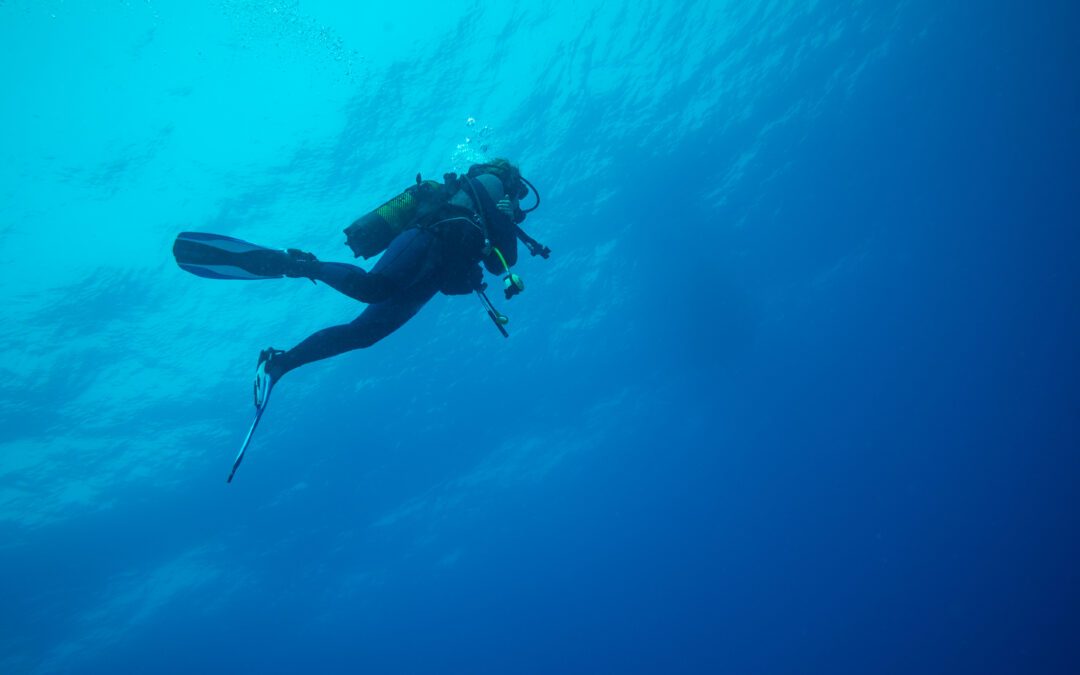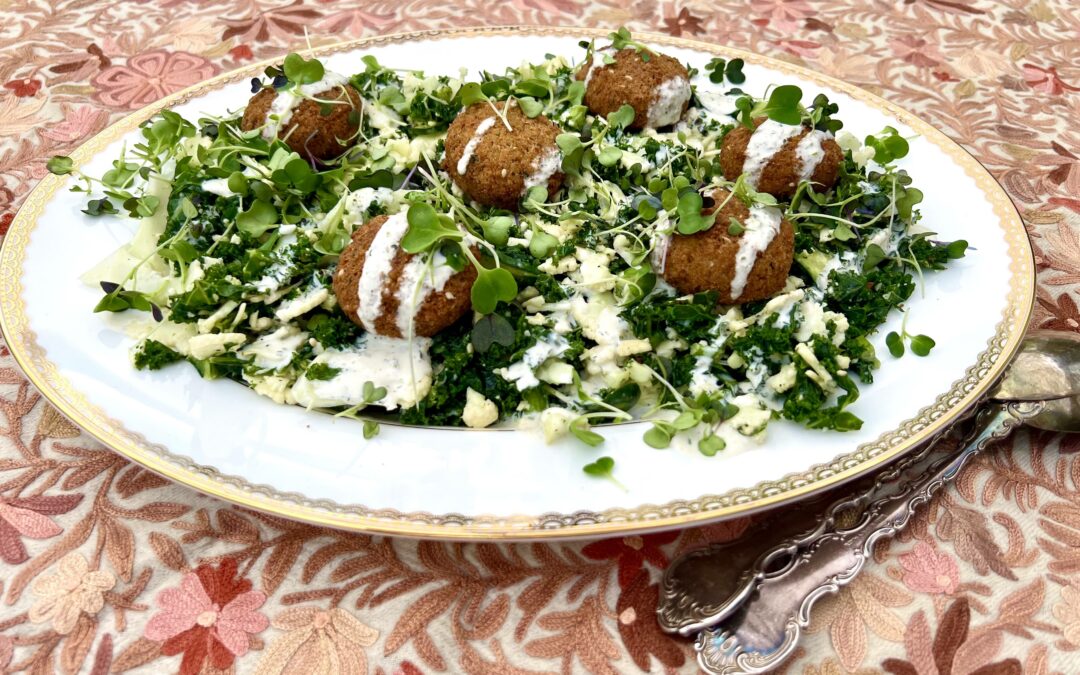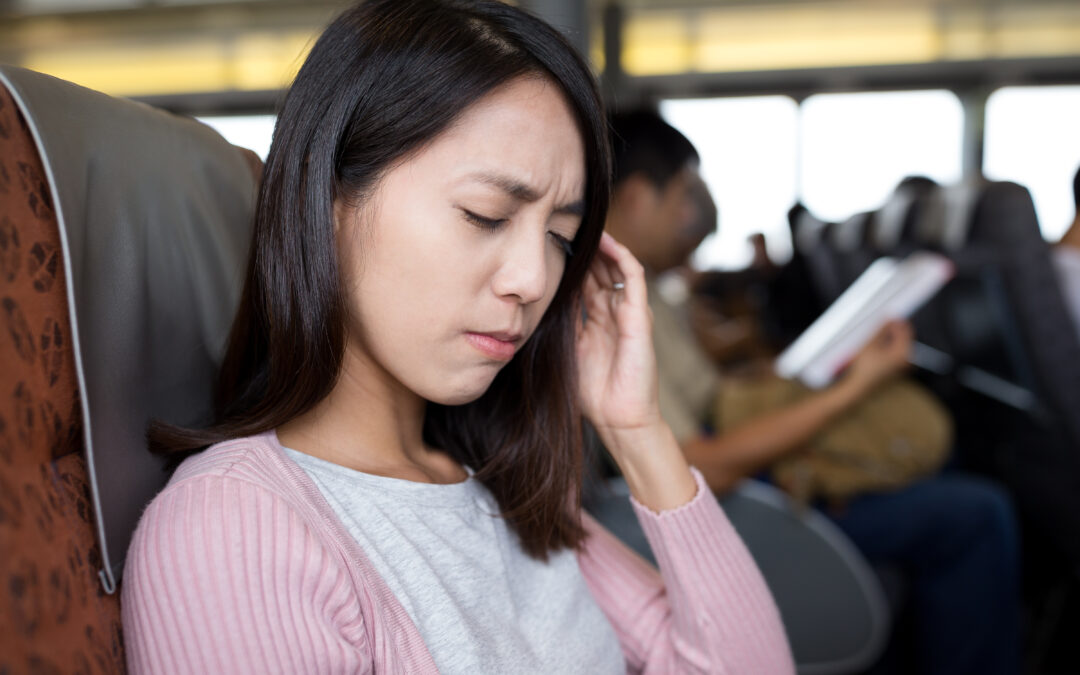
When planning a trip abroad, is the quality of drinking water in your destination a consideration that crosses your mind?
Maybe you’re new to international travel and the safety of drinking water abroad is an unfamiliar concern that you’ve heard is something you should be aware of. Or perhaps you’ve circled the globe so many times you know what’s what when it comes to making sure you’re safe while drinking water abroad.
No matter your familiarity with the topic of the safety of drinking water while traveling, it’s important to separate outdated information from up-to-date facts. To provide you with the knowledge you need to ensure you stay happy and healthy—both physically and mentally—where international drinking water is concerned, here’s a guide to the myths, facts and how-tos of drinking water safety abroad.
In advanced nations, tap water is just as safe as in the United States
For generations of travelers at the start of the golden age of international travel, water safety in many of the most popular destinations might have been a concern. But the fact is today, in many of American travelers’ favorite international spots, tap water is just as safe for drinking as it is back home.
In places like Canada, Australia and New Zealand, Western European countries like France, Italy and England, and Asian countries like Japan and Singapore, modern sanitary infrastructure is of the same high-quality standard that Americans are used to. You will safely be able to fill up water bottles from water fountains, brush your teeth with tap water, ask for ice cubes in your drink and take a carefree shower without concern about safety or illness.
In developing areas, you need to be aware of your water source
There are, however, still popular travel destinations where Americans need to consider the safety of drinking tap water. Many of those countries are in the developing world; places like Mexico and the Caribbean Islands, for example, and many (but not all!) countries across Central and South America, Africa, Asia and Eastern Europe.
Is drinking water safe in resorts and hotels in higher-risk countries?
All-inclusive resorts and high-end hotels that cater to international and western travelers may be exceptions to the rule for unsafe drinking water in certain countries. Resorts and hotels often invest in water filtration systems above and beyond what might be available to locals.
While it is a good idea to reach out to the hotel or resort directly to ask about the safety of their drinking water and filtration systems, it’s also advised to thoroughly read reviews to screen for complaints about previous guests experiencing issues with water-related sickness. This is particularly recommended for destinations in Central America, the Caribbean Islands and the Pacific Islands. When in doubt, it’s best to be safe and clean your drinking water.
How can I find out if the drinking water in my destination is safe?
The best way to find out the drinking water quality in the country you’re traveling to is to refer to the Center for Disease Control and Prevention’s Travel Health Tool. There, you can enter your destination country and see what the CDC has to say about its water safety.
The CDC’s advice for a Western European country like Ireland, for example, is: “Food and water standards in Ireland are similar to those in the United States. Most travelers do not need to take special food or water precautions beyond what they normally do at home.”
That is, compared with a country like Indonesia, for which the CDC says “Unclean food and water can cause travelers’ diarrhea and other diseases. Reduce your risk by sticking to safe food and water habits.”
So, what does the CDC recommend as “safe food and water habits” in countries with risky drinking water? Here are some tips for drinking water safety in higher-risk countries:
Dos and don’ts of drinking water safety in higher-risk destinations
Don’t drink water if you don’t know where it’s from
That means avoiding water served in restaurants, from the tap and from pitchers at hotels if you can’t be sure of its source.
Do choose sealed bottled water instead
Water that has been bottled and sealed is safest. Be sure to avoid water bottles that have been refilled and recapped.
Do make sure water has been disinfected
If you’re in a rural area and don’t have access to sealed bottled water, there are options for disinfecting and filtering tap water. More on that below.
Don’t ask for ice
This can be a tricky one! It’s an easy thing to overlook, and when you’re on a hot beach in Mexico, it can be hard to turn down cold ice. But unless you can be certain that ice was made using bottled, boiled or well-filtered and disinfected water, it’s best to avoid asking for ice in drinks.
Do choose carbonated drinks
If you’re drinking from a can, be sure to wipe and disinfect the outside of the can that touches your lips, but a sealed drink with carbonation bubbles can be taken as proof enough that a drink has been sealed in a clean, safe facility, meaning you have nothing to worry about.
Don’t go for fountain soda or reconstituted juice
The same cannot be said for fountain sodas, however. As fountain sodas are made by adding syrup to tap water, and as some fruit juices are made by adding concentrate to tap water, these can pose the same risk as regular tap water and should be avoided.
Do choose hot coffee or tea made from boiled-hot water
Boiling water is one of the ways to make sure tap water is safe for drinking, so hot beverages like coffee and tea that have been made from either boiled water or water that is too hot to touch should be safe to drink.
Do avoid other tap water contamination
Drinking isn’t the only way to ingest potentially unsafe tap water. Cooking with tap water, brushing your teeth with tap water, washing and rinsing food, plates and utensils in the sink, even unconsciously opening your mouth while showering, all pose potential risks for letting unsafe water into your system.
How to make drinking water safe
If you’re heading out on a camping trip, a hiking excursion or visiting a very rural destination (even in a developed nation), it might be tough to come by sealed bottled water or modern sanitary plumbing. That’s where portable water filtration and disinfection come in.
The five most common ways of treating potentially risky drinking water are boiling, filtration, disinfecting with chlorine, disinfecting with iodine and disinfecting with UV light.
Filtering drinking water
Running your water through a filter like a cloth or coffee filter is a necessary step if you’re dealing with cloudy water and can be effective in remove disease-causing parasites, but it often won’t be enough to sterilize water from illness-causing viruses and bacteria. Be sure to also boil or disinfect water after filtering it.
For travel-friendly options, companies like LifeStraw and Grayl offer a variety of portable filtration systems that are great for hiking.
Boiling drinking water
Boiling water is an easy way to ensure drinking water is safe. Bring your water to a boil and let it continue to boil for a full minute before allowing it to cool. It will then be safe for drinking, cooking, and cleaning. If you happen to be at a higher elevation, you’ll want to let it boil for longer than a minute.
Chemically disinfecting drinking water
Drinking water can be made safe by adding a small amount of iodine or chlorine. In case chlorine isn’t on your normal packing list, there are some travel-ready products that make chemically disinfecting water simple and easy.
Potable Aqua is just one company offering a number of purifying and germicidal water tablets.
Disinfecting drinking water with UV light
UV sterilization is a high-tech way for travelers to quickly and easily ensure water safety while abroad or in a remote destination. Steripen is one company offering UV light water purification, some of which can zap water clean in as little as 48 seconds.
Want to know more? Check out the CDC’s many guides to safe drinking water:
- Avoid Contaminated Water During Travel
- Preparing International Travelers: Water Disinfection
- Choose Safe Food and Drinks When Traveling
- Water Treatment Options when Hiking, Camping or Traveling
- Making Water Safe in an Emergency
- A Guide to Water Filters
- Preparing International Travelers: Food and Water Precautions

